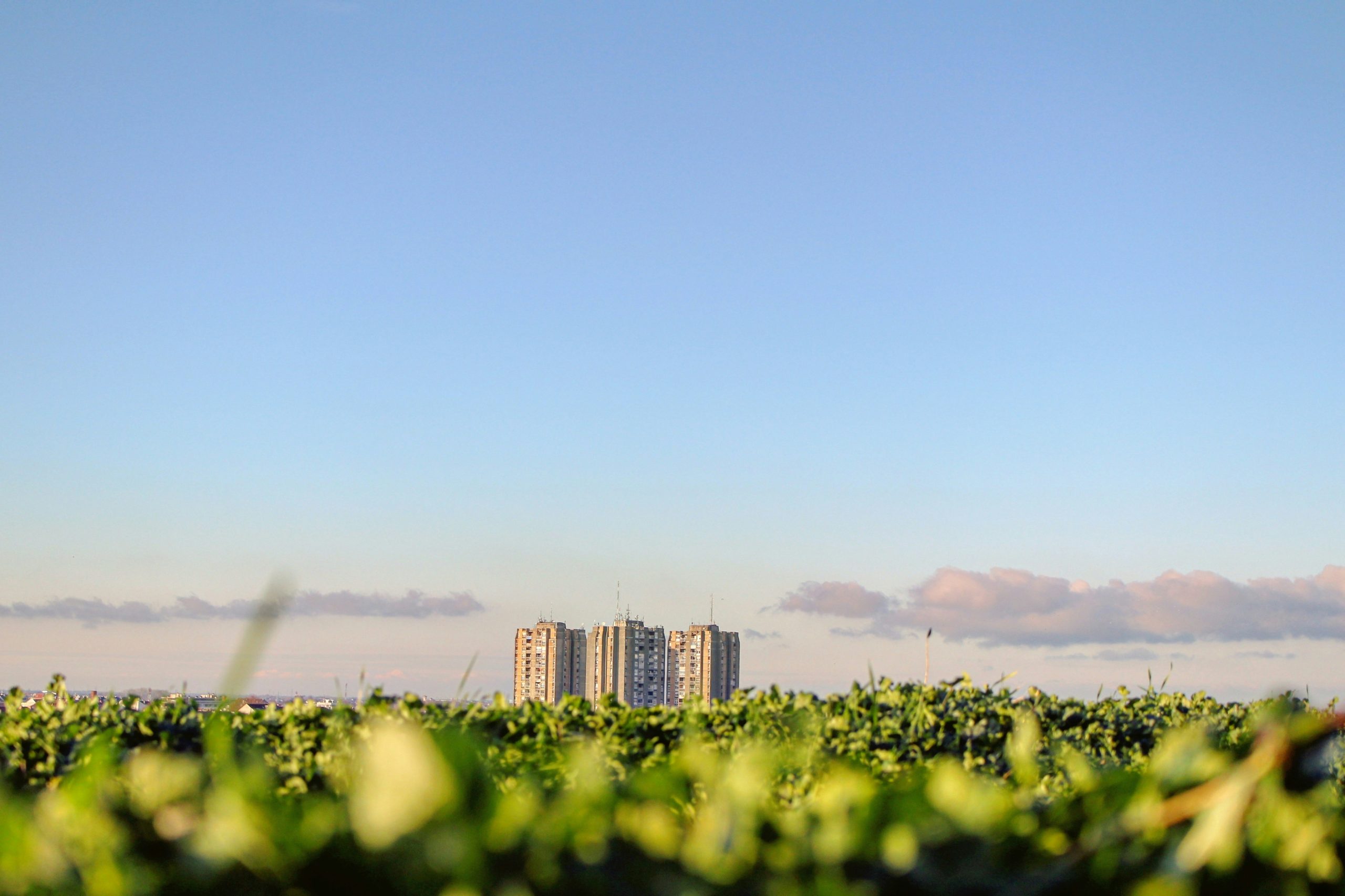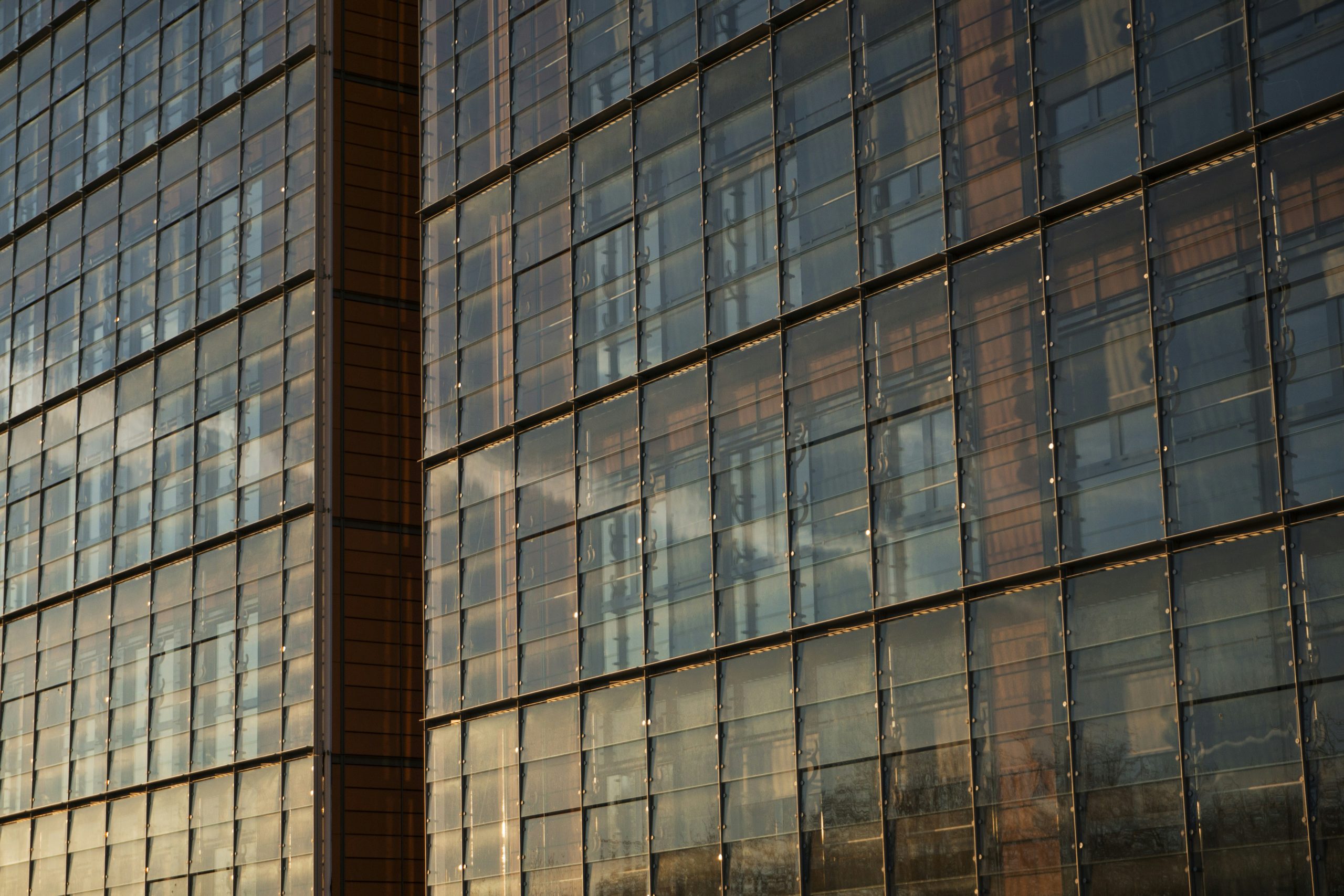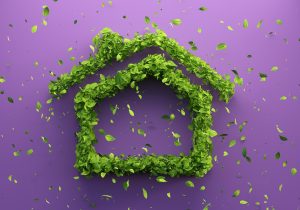In our interconnected world, sustainable architecture stands as a beacon of hope, bringing transformative benefits to local communities. This article delves into how using eco-friendly building practices not only conserves resources but also fosters economic growth right where we live. By supporting green construction methods and integrating environmentally responsible designs, we witness firsthand how these initiatives significantly improve our neighborhoods’ health, well-being, and overall resilience. Together, let’s explore the ways in which sustainable architecture is more than just a building style—it’s a powerful tool for community empowerment and sustainability. Have you ever wondered how sustainable architecture impacts the communities we live in? It’s a fascinating subject that intertwines environmental stewardship, economic benefits, and social well-being. By focusing on green practices, sustainable architecture does more than just minimize environmental footprint; it fundamentally supports and uplifts local communities in a multitude of ways.

Understanding Sustainable Architecture
What Is Sustainable Architecture?
Sustainable architecture refers to designing and constructing buildings in a way that minimizes their environmental impact. It employs energy-efficient systems, utilizes renewable resources, and considers the lifecycle impact of building materials. The goal is to create structures that are environmentally responsible and resource-efficient throughout their life cycle.
The Principles of Sustainable Architecture
- Energy Efficiency: Using less energy for heating, cooling, and lighting.
- Water Conservation: Implementing systems to reduce water wastage.
- Material Selection: Choosing materials that are locally sourced, recycled, or sustainable.
- Waste Reduction: Minimizing waste through thoughtful design.
- Healthy Environment: Ensuring good indoor air quality and minimal exposure to toxic substances.
How Sustainable Architecture Benefits Local Communities
Environmental Impact
Sustainable architecture significantly reduces the harmful environmental impacts typically associated with traditional building practices. This not only benefits the planet but also creates a healthier environment for local communities.
Reduced Pollution
By using eco-friendly materials and methods, sustainable buildings emit fewer pollutants. Cleaner air and water can significantly improve public health and the quality of life for residents.
| Traditional Architecture | Sustainable Architecture |
|---|---|
| High emissions during construction | Low or zero emissions |
| Long-term pollution due to non-renewable materials | Use of renewable, non-polluting materials |
Economic Benefits
Sustainable buildings often involve a higher initial investment, but the long-term economic benefits can be substantial. These benefits extend to the local community through job creation, cost savings, and increased property values.
Job Creation
The shift towards sustainable architecture creates new job opportunities in various sectors, including construction, renewable energy, and waste management.
| Sector | Traditional Jobs | Sustainable Jobs |
|---|---|---|
| Construction | General contractors | Green building specialists |
| Energy | Fossil fuel workers | Renewable energy technicians |
| Waste Management | Traditional recycling | Sustainable waste managers |
Cost Savings
Sustainable buildings typically have lower operating costs due to energy efficiency and reduced maintenance expenses. This can free up resources for other community development projects.
Social Well-Being
Sustainable architecture also drives social benefits by fostering community engagement and improving living conditions. These changes can build a stronger, more connected community.
Improved Quality of Life
Green buildings provide better living conditions by ensuring good indoor air quality, natural lighting, and thermal comfort. Residents of these buildings often enjoy enhanced physical and mental well-being.
| Aspect | Traditional Buildings | Sustainable Buildings |
|---|---|---|
| Air Quality | Often poor due to low ventilation | High due to natural ventilation |
| Natural Lighting | Limited | Maximized |
| Thermal Comfort | Inconsistent | Stable |
Community Engagement
Sustainable initiatives often involve community participation, from initial planning to ongoing maintenance. This involvement fosters a sense of ownership and pride among community members.
Educational Opportunities
Building sustainable structures also opens the door for educational opportunities, both formal and informal. Schools, workshops, and community events centered around sustainable practices can educate citizens on the importance and practicality of sustainability.
School Programs
Many sustainable buildings serve as educational models for local schools. These buildings can host field trips, serve as case studies, or even incorporate sustainability into the curriculum.
| Educational Aspect | Example Activity |
|---|---|
| Field Trips | Visits to sustainable buildings |
| Classroom Studies | Case studies on green design |
| Workshops | Hands-on activities in renewable energy |
Enhanced Resilience to Climate Change
Sustainable architecture isn’t just about current benefits; it also prepares local communities to better withstand the impacts of climate change.
Building Durability
Sustainable buildings are designed to be more resilient to extreme weather conditions, which can minimize damage and reduce the need for repairs.
| Factor | Traditional Buildings | Sustainable Buildings |
|---|---|---|
| Resistance to Weather | Often not optimized | Designed for resilience |
| Repair Costs | High | Low |
Resource Availability
By focusing on local and renewable resources, sustainable architecture ensures that communities are less dependent on external supplies. This local resource reliance can be crucial in times of crisis or supply chain disruptions.
Implementing Sustainable Architecture in Local Communities
Policy and Regulation
Government policies and regulations play a crucial role in promoting sustainable architecture. Incentives, grants, and tax breaks can encourage builders and developers to adopt green practices.
Government Incentives
Many governments offer incentives to those who build or retrofit structures to meet sustainable criteria. These incentives can make green buildings more financially accessible.
| Incentive Type | Example |
|---|---|
| Tax Breaks | Reduced property taxes |
| Grants | Funds for green building projects |
| Rebates | Discounts on sustainable materials |
Community Collaboration
Successful sustainable projects often require collaboration between multiple stakeholders, including government bodies, businesses, and residents.
Public-Private Partnerships
Collaborations between public and private sectors can pool various resources and expertise, making sustainable projects more feasible and impactful.
| Stakeholder Type | Example Role |
|---|---|
| Government | Policy-making, funding |
| Private Sector | Innovation, investment |
| Community Members | Participation, feedback |
Use of Local Resources
Employing local materials and labor for construction can significantly boost a community’s economy, while also minimizing the carbon footprint associated with transportation.
Local Material Sourcing
Utilizing materials from the local environment supports regional businesses and reduces transportation emissions. Materials such as locally-harvested wood or recycled metals can be particularly effective.
| Material Source | Type of Material |
|---|---|
| Local Forests | Sustainably harvested wood |
| Recycling Plants | Repurposed metals and plastics |
Education and Training Programs
Educational initiatives can prepare both current and future generations to contribute to sustainable architecture efforts. This can include vocational training in green building techniques or higher education programs focused on sustainable design.
Vocational Training
Local vocational schools and training programs can teach the skills needed for green construction, from renewable energy systems installations to sustainable architectural design.
| Training Type | Topics Covered |
|---|---|
| Vocational Schools | Green construction techniques |
| Community Workshops | DIY sustainable practices |
Case Studies: Success Stories in Sustainable Architecture
Example: BedZED (Beddington Zero Energy Development)
BedZED in London is an excellent example of how sustainable architecture can benefit local communities. This mixed-use sustainable community focuses on energy efficiency, renewable energy, and local resources.
Community Benefits
- Energy savings: Residents use 45% less electricity and 81% less gas than the average British household.
- Quality of Life: High natural light levels and good indoor air quality improve resident well-being.
- Local Economy: The development created numerous local jobs during its construction and continues to support local businesses.
Example: Solar Settlement in Freiburg, Germany
The Solar Settlement in Freiburg is the world’s first housing community in which every home a positive energy balance, meaning they produce more energy than they consume.
Community Benefits
- Economic: Homeowners gain financial benefits by selling surplus energy back to the grid.
- Social: The project has fostered a strong sense of community among residents who share a common commitment to sustainability.
- Environmental: The entire settlement contributes to significant reductions in greenhouse gas emissions.

The Future of Sustainable Architecture
Innovations on the Horizon
As technology and materials evolve, so too will the possibilities for sustainable architecture. Innovations such as smart grids, advanced materials, and even carbon-capturing buildings hold tremendous potential for further community benefits.
Smart Grids
A smart grid system allows buildings to optimize energy use by balancing consumption with renewable energy generation. This can make entire communities more resilient to energy shortages.
| Technology | Benefit to Community |
|---|---|
| Smart Grids | Optimized energy use, lower costs |
| Carbon-Capturing Buildings | Reduced atmospheric CO2 levels |
Policy and Global Trends
Global trends and policies are increasingly favoring sustainability. International agreements such as the Paris Climate Accord push countries to adopt greener practices, which can trickle down to local building regulations.
Updated Building Codes
New building codes that prioritize sustainability over traditional practices will spur a significant shift in how buildings are designed and constructed.
| Regulation | Community Impact |
|---|---|
| Stringent Building Codes | Higher quality, sustainable housing |
| International Agreements | Global push toward local sustainability practices |
Conclusion
Sustainable architecture is more than just a trend; it’s a movement that offers profound benefits for local communities. By adopting green building practices, we can create more resilient, equitable, and thriving environments for everyone. As we’ve seen, sustainable architecture enhances quality of life, drives economic growth, and fosters community engagement—all while protecting our planet for future generations.
So, the next time you see a green building, remember that it represents much more than innovative design. It’s a testament to how we can create a sustainable, vibrant future for our local communities. Let’s continue to champion and support these sustainable efforts for the betterment of our world and the places we call home.




